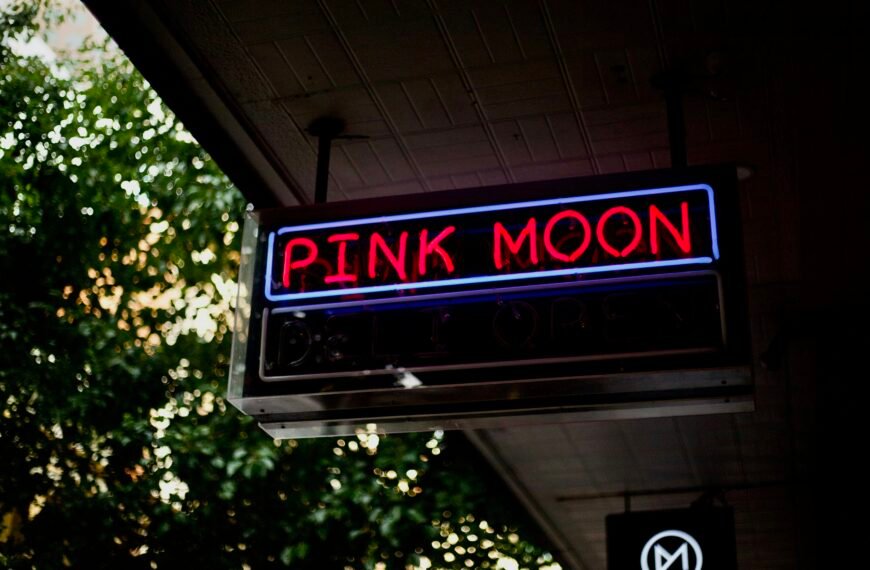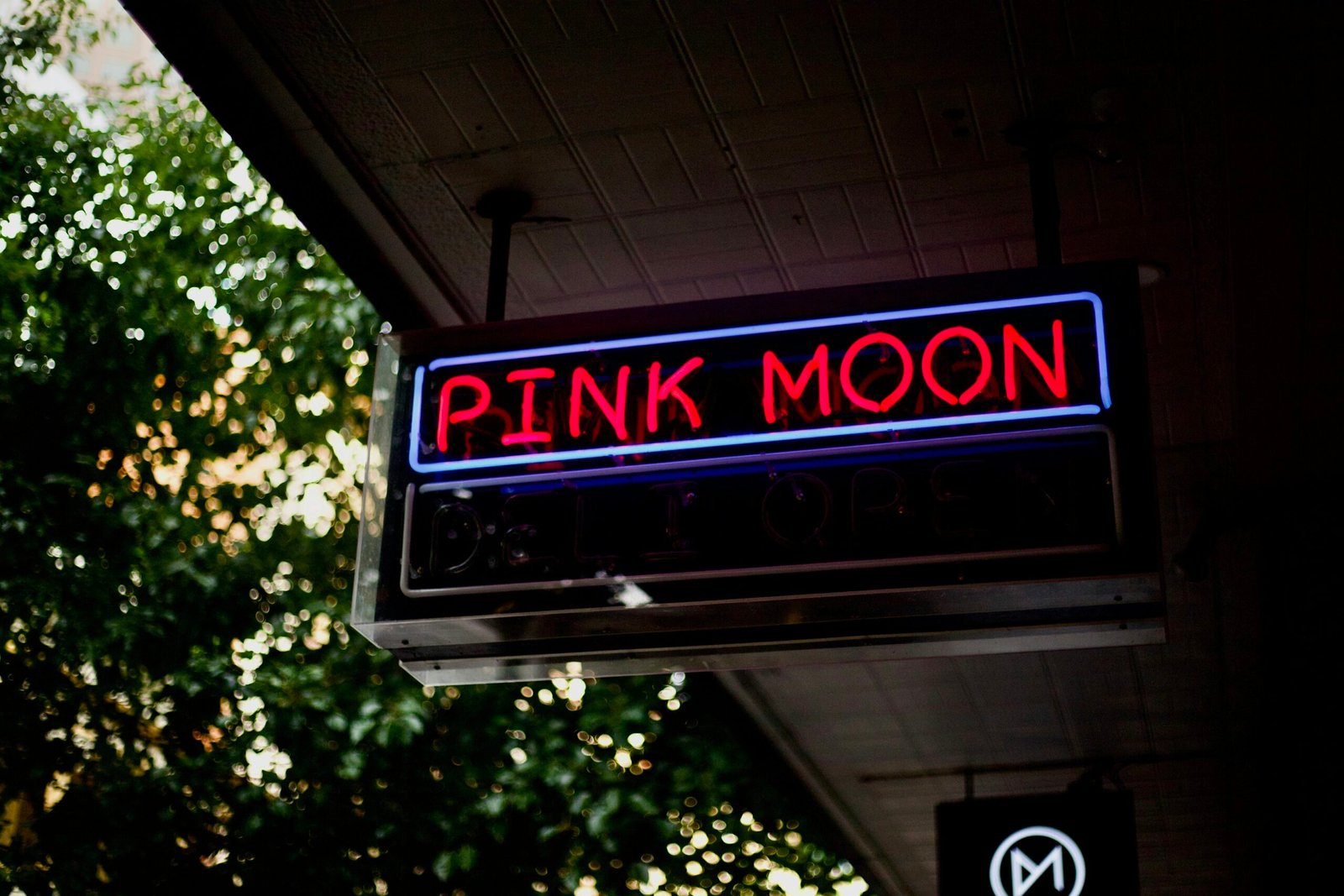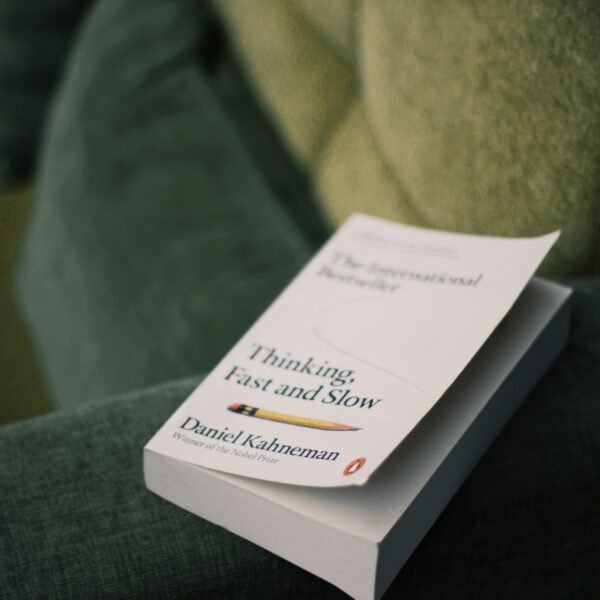In the wake of declining art sales and a recent cyberattack at Christie’s, the art market finds itself struggling to regain its footing. Despite estimates still surpassing $20 million and renowned artists like Warhol and Picasso in the mix, uncertainties loom over the upcoming spring auction season. The cyberattack brought down Christie’s website, leaving questions unanswered about the fate of confidential data and raising concerns about the impact on buyers and sellers. With over 1,700 works of modern and contemporary art expected to be offered at Sotheby’s, Christie’s, and Phillips, the market is facing a steep decline from its peak in 2022, making analysts cautious about the future. Speculators are exiting the market, causing young artists’ secondary markets to collapse, while the average price of artworks sold at auction in 2023 decreased by 32 percent. As buyers and sellers navigate these challenges, they face a pivotal moment in the art market’s recovery.
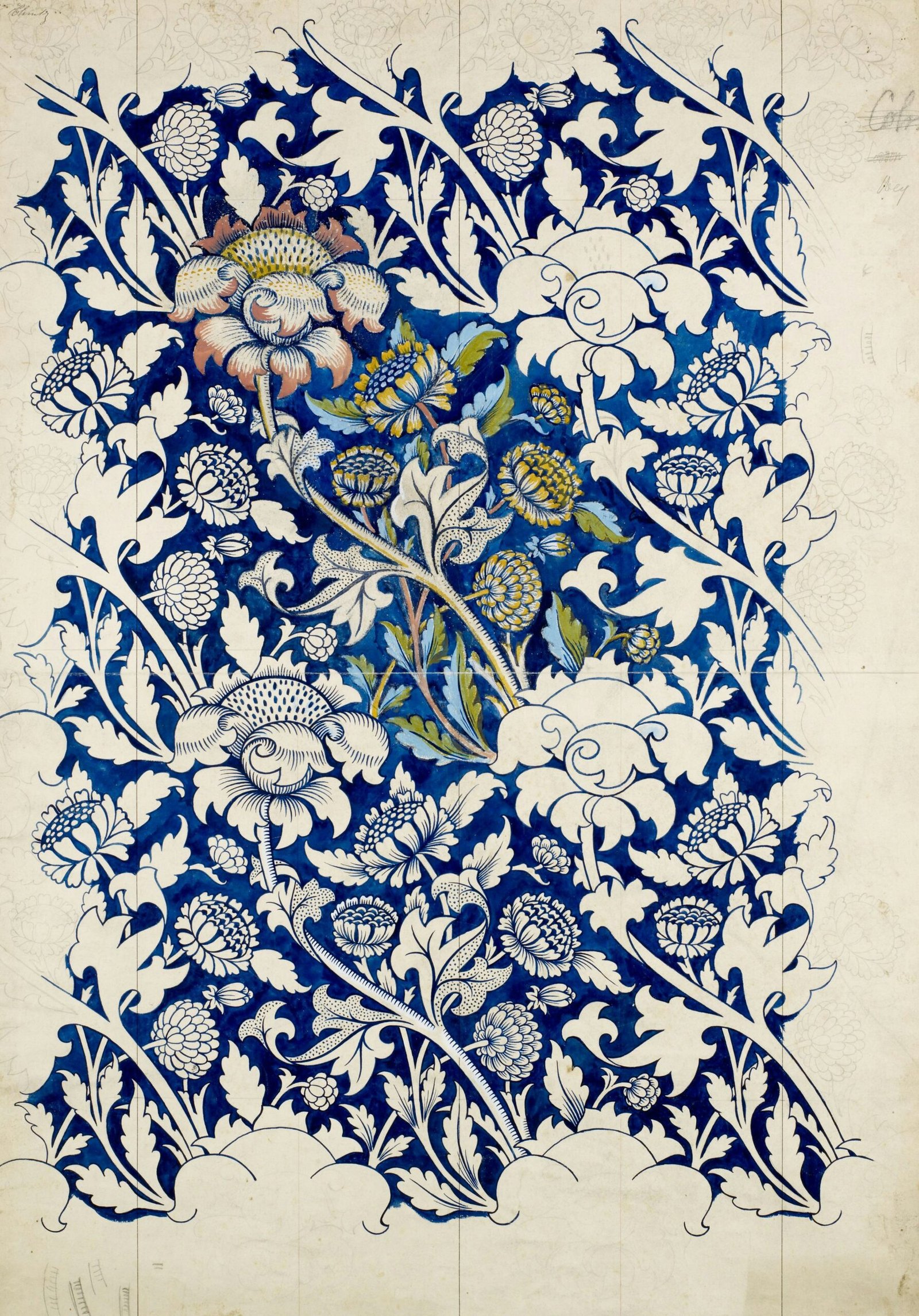
Art Market Sales Decline
Art sales in the art market have been experiencing a decline in recent times. This decline has had a significant impact on the overall state of the art market, causing concerns and raising questions about the future of the industry. In order to understand the reasons behind this decline in art sales, it is important to examine the factors that have contributed to this downward trend.
Decline in art sales
The art market has seen a noticeable decrease in art sales in recent years. This decline can be attributed to several factors, including changing buyer preferences, economic uncertainties, and the shift from traditional art buying methods to online platforms. Buyers are becoming more cautious with their purchases, resulting in a decrease in demand for artworks.
Impact of declining sales on the art market
The decline in art sales has had a significant impact on the overall art market. Auction houses and galleries are experiencing a decrease in revenue, which affects their ability to operate and promote artists. Furthermore, artists themselves are facing challenges in selling their works and generating income. This decline also has the potential to lower the value of artworks and decrease investor confidence in the market.
Reasons for the decline in art sales
There are several reasons behind the decline in art sales. One major factor is the changing preferences of art buyers. Traditional art forms and styles may no longer resonate with modern buyers, leading to a decrease in demand for these artworks. Additionally, the economic uncertainties of recent times have made buyers more cautious with their spending, resulting in a decrease in art purchases. Finally, the rise of online platforms and digital art has changed the way people engage with and purchase artworks, further impacting traditional art sales.
Cyberattack at Christie’s
Recently, Christie’s, one of the leading auction houses, was targeted by a cyberattack. This attack resulted in the temporary shutdown of Christie’s website and raised concerns about the security of confidential data. The repercussions of this cyberattack have significant implications for both Christie’s and the art market as a whole.
Details of the cyberattack at Christie’s
Christie’s website was taken down due to a cyberattack, leaving the auction house unable to conduct online bidding for its upcoming auctions. Although Christie’s set up a placeholder website to allow access to digital catalogs, the security breach raised questions about the safety of confidential data and the potential impact on buyers and sellers.
Impact of the cyberattack on Christie’s
The cyberattack has had a significant impact on Christie’s operations. The inability to conduct online bidding and the temporary shutdown of their website have disrupted the smooth functioning of the auction house. This has resulted in potential financial losses and may erode buyer confidence in the security of online art transactions.
Concerns about confidential data
One of the main concerns arising from the cyberattack is the safety of confidential data. Christie’s collects and stores sensitive information about buyers and sellers, including financial details and personal information. The breach raises concerns about the potential misuse of this data and the need for stronger cybersecurity measures in the art market.
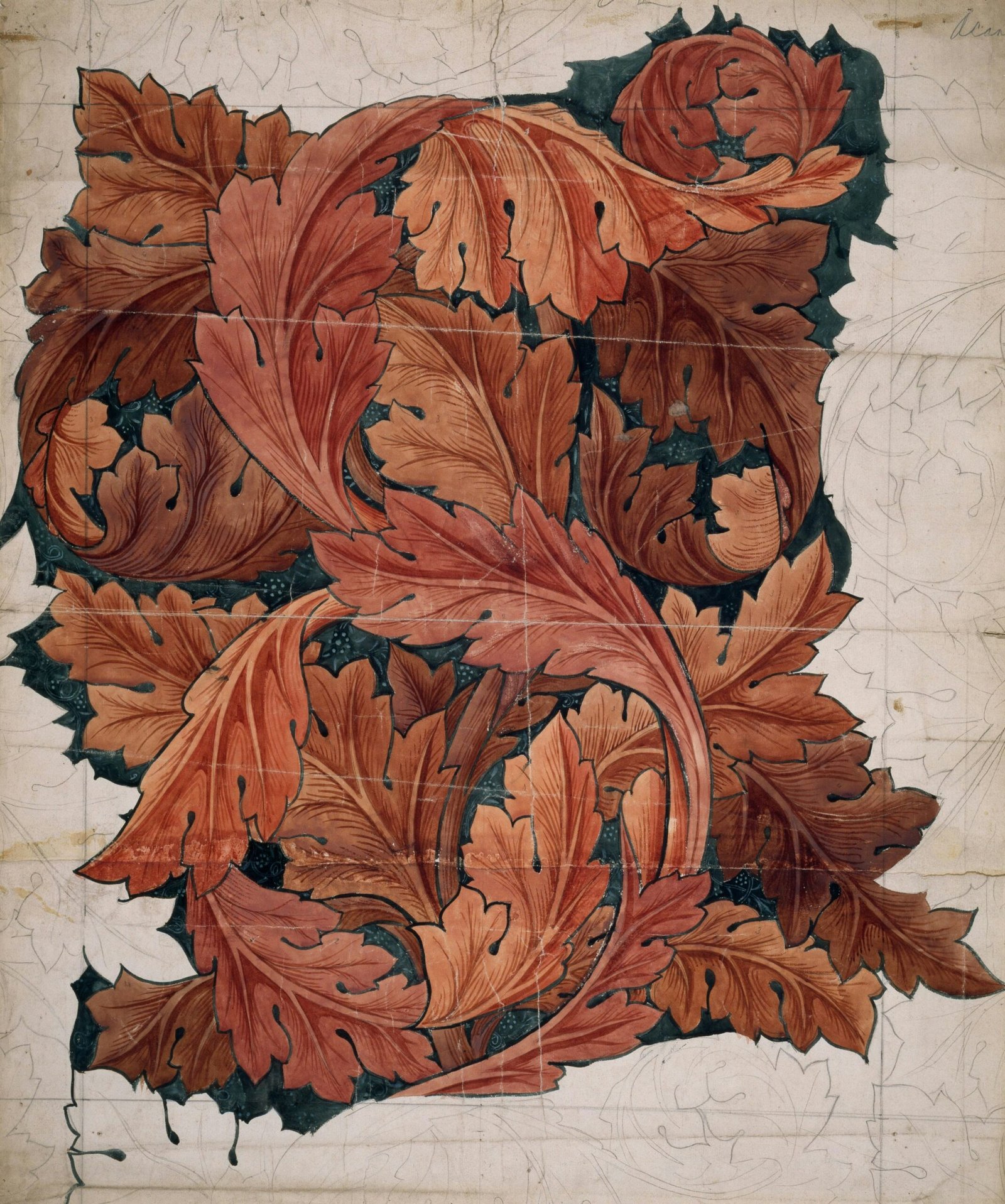
Spring Auction Season
The upcoming spring auction season holds promise for the art market. Despite the recent challenges faced by the industry, art enthusiasts and buyers eagerly anticipate the diverse range of artworks that will be offered for sale. This season provides a glimpse into the current state of the market and its potential for recovery.
Overview of the upcoming spring auction season
The spring auction season is a significant event in the art market calendar. It brings together major auction houses such as Sotheby’s, Christie’s, and Phillips to showcase a wide range of artworks from various artists and periods. This season provides an opportunity for buyers, sellers, and art enthusiasts to engage with the art market and potentially make significant acquisitions.
Expected number of works of art to be offered
Over the course of the spring auction season, a significant number of artworks are expected to be offered for sale. In total, more than 1,700 works of modern and contemporary art will be available for bidding. This diverse selection ensures that there is something for everyone, catering to the varied tastes and preferences of buyers.
Estimated value of the artworks
The artworks that will be available for sale during the spring auction season hold an estimated value of $1.2 billion to $1.8 billion. This value encompasses a wide range of artistic styles, periods, and artists, providing buyers with an extensive range of options to choose from. The estimated value of these artworks reflects the potential for significant sales and the potential revitalization of the art market.
Decline in Market Performance
The art market’s performance has taken a downturn in recent years, with notable declines in various aspects. This decline has been observed in auction prices, the prevalence of bidding wars, and the secondary markets for young artists. Understanding these factors is crucial in comprehending the current state of the art market.
Comparison of current market performance with previous peaks
The current market performance of the art market is a far cry from its previous peaks. In 2022, the art market reached its highest point, generating a staggering $2.8 billion during the spring season. However, since then, there has been a noticeable decline in auction prices and sales, reflecting a shift in buyer preferences and economic uncertainties.
Shift from bidding wars to guarantee deals
One significant change in the market performance is the shift from bidding wars to guarantee deals. Bidding wars, which were prevalent during the pandemic spending frenzy, have diminished, and prearranged “guarantee” deals have become more common. This shift indicates a more cautious approach by buyers and a desire to ensure minimum prices for artworks.
Collapse of young artists’ secondary markets
Young artists have also been significantly impacted by the decline in the art market. The secondary markets for young artists, where their artworks are resold, have collapsed as speculators exit the market. This collapse has had a detrimental effect on the recognition and financial success of emerging artists.
Study findings on the decline in auction prices
A recent study conducted by Bank of America Private Bank found that the average price of artworks sold at auction in 2023 decreased by 32 percent. This decline is the largest single-year decline in over seven years, highlighting the challenges faced by the art market. The study’s findings shed light on the extent of the decline and the need for measures to revitalize the market.
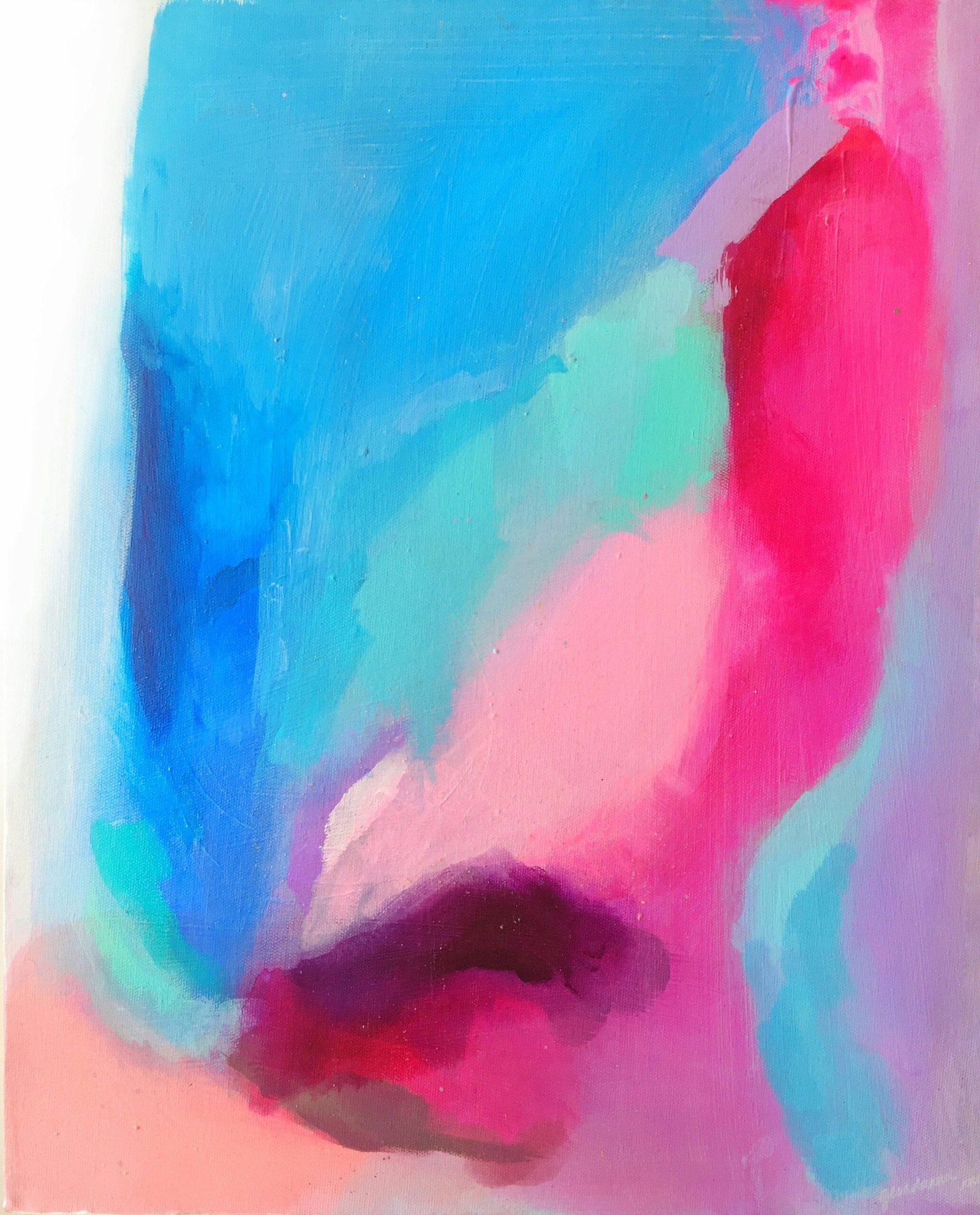
Uncertainty and Cautious Sentiment
The art market is currently characterized by uncertainty and cautious sentiment. Various factors, including finger-pointing among auction houses and a general wariness among buyers and sellers, contribute to this prevailing sentiment. Understanding these factors is crucial in comprehending the current state of the art market.
Finger-pointing among auction houses
Within the art market, there is a noticeable finger-pointing dynamic among auction houses. Each house seeks to distance itself from the decline in art sales and shifts blame onto external factors. This finger-pointing creates a sense of unease and raises questions about the overall health of the market.
Cautious sentiment in the art market
The prevailing sentiment in the art market is one of caution. Buyers, sellers, and industry experts are all approaching the market with caution, taking into account the decline in sales and the challenges faced by the industry. This cautious sentiment reflects a desire to make informed decisions and mitigate potential risks.
Embracing conservative estimates
In light of the decline in the art market, many stakeholders are embracing more conservative estimates. Auction houses, sellers, and buyers are adjusting their expectations and valuations to account for the current state of the market. This cautious approach allows for more realistic assessments of the value and potential returns on artworks.
Waiting to see how the market evolves
Given the uncertainties and challenges faced by the art market, many stakeholders are adopting a wait-and-see approach. Buyers and sellers alike are keen to observe how the market evolves and whether there will be any significant changes in the coming months. This willingness to wait reflects a desire for more stability and clarity in the market.
Verifying Access to Article
While reading this article, please be aware that your access is still being verified. In order to have full access to the article, it may be necessary to log into your Times account or subscribe to The Times. These options will ensure that you can fully access the article and obtain all the relevant information.
Message regarding access verification
During the reading process, a message regarding access verification may appear. This is a standard procedure to ensure that all readers have proper access to the article’s content. Please be patient while the verification process takes place.
Reader mode and logging into Times account
If you are currently in Reader mode, it may be necessary to exit and log into your Times account to gain full access to the article. Logging into your account will enable you to read the entire article without any restrictions.
Subscription options for full access
If you do not currently have a subscription to The Times, there is an option to subscribe in order to gain full access to the article. Subscribing to The Times will provide you with unlimited access to all articles and ensure that you can read the article in its entirety.
Art Market Recovery
In order to stimulate the recovery of the art market, various strategies need to be implemented. These strategies, alongside influential factors and the role of auction houses, play a crucial role in revitalizing and restoring the art market.
Strategies for art market recovery
To facilitate the recovery of the art market, several strategies can be employed. These include fostering innovation in the art world, embracing new technologies, promoting diversity and inclusivity, and establishing stronger partnerships between artists, galleries, and auction houses. These strategies aim to reignite buyer interest and confidence in the art market.
Factors influencing the market’s recovery
Several factors can influence the recovery of the art market. These include economic stability and growth, shifts in buyer preferences, the global art scene, and government policies that support and invest in the arts. Addressing these factors and creating a conducive environment for the art market is crucial in promoting its recovery.
Role of auction houses in the recovery
Auction houses play a pivotal role in the recovery of the art market. They have the ability to shape trends, set prices, and engage buyers and sellers in a dynamic marketplace. Auction houses can contribute to the recovery by implementing innovative sale formats, embracing digital platforms, and nurturing relationships with artists and collectors. The actions and strategies of auction houses have the potential to influence the market positively and drive its revival.
Implications for Buyers and Sellers
The decline in art sales and the cyberattack on Christie’s have significant implications for both buyers and sellers in the art market. These implications impact the confidence of buyers, the dynamics of the market, and the general sentiment towards art transactions.
Impact of sales decline and cyberattack on buyers
The decline in art sales and the cyberattack at Christie’s can have a significant impact on buyers. The decline in sales may cause buyers to be more cautious with their purchases and adjust their spending habits accordingly. The cyberattack raises concerns about the security of online transactions, potentially leading buyers to be more hesitant in engaging with digital art platforms.
Effect on sellers’ confidence
Sellers in the art market may experience a decline in confidence as a result of the sales decline and cyberattack. The decrease in sales means that sellers may struggle to find buyers for their artworks and generate revenue. The cyberattack also raises concerns about the overall security of the market, potentially encouraging sellers to seek alternative avenues outside the art market.
Changing dynamics of the art market
The combination of the sales decline and the cyberattack has led to changing dynamics in the art market. Buyers and sellers are adopting more cautious approaches, embracing conservative estimates, and exploring alternative sales channels. These changing dynamics reflect the need for adaptability and resilience within the industry.
Role of Guarantees in Art Auctions
Guarantee deals have become increasingly prevalent in art auctions, reshaping the dynamics of the market. Understanding the concept of guarantee deals, their associated risks and benefits, and their impact on auction dynamics is crucial in comprehending the current state of the art market.
Explanation of guarantee deals in art auctions
Guarantee deals in art auctions involve the prearrangement of a minimum price at which an artwork will sell. This minimum price provides assurance to both sellers and buyers, allowing for a more predictable outcome. Guarantee deals align the interests of all parties involved and reduce the unpredictability of auction results.
Risks and benefits associated with guarantees
Guarantee deals come with their own set of risks and benefits. The main benefit is the assurance of a minimum price for the seller, reducing the risk of underselling artworks. For the buyer, guarantee deals provide the opportunity to acquire artworks of interest at a predetermined price. However, guarantee deals also carry the risk of potentially overvaluing or undervaluing artworks, impacting market perceptions and valuations.
Impact on auction dynamics
The increasing prevalence of guarantee deals has had a significant impact on auction dynamics. The shift from bidding wars to prearranged minimum prices has changed the competitive nature of auctions. This shift may decrease the sense of excitement and urgency among bidders but provides a more stable and predictable environment for both buyers and sellers.
Future Outlook for the Art Market
The future of the art market is subject to various factors and trends that will shape its trajectory. Understanding these factors and their potential impact is crucial in assessing the future outlook for the art market.
Predictions for the future of the art market
As the art market continues to navigate the challenges of declining sales and changing dynamics, various predictions can be made about its future. These predictions include a potential rebound in sales, increased interest in digital art, a shift towards emerging artists and diverse art forms, and the continued importance of auction houses and galleries in shaping the market.
Factors influencing future market trends
Several factors will influence future market trends in the art market. These factors include economic stability and growth, advancements in technology and digital platforms, cultural and societal shifts, and changing buyer preferences. The interplay of these factors will shape the direction of the market and determine its future trajectory.
In conclusion, the art market is currently facing a decline in sales and the aftermath of a cyberattack. These challenges have prompted discussions about the future of the market and the strategies needed for recovery. The decline in sales, the cyberattack at Christie’s, and the cautious sentiment in the market have significant implications for buyers and sellers. Understanding the role of guarantee deals, predicting future market trends, and embracing innovative strategies are all essential in navigating the current state of the art market and ensuring its continued growth and success.

